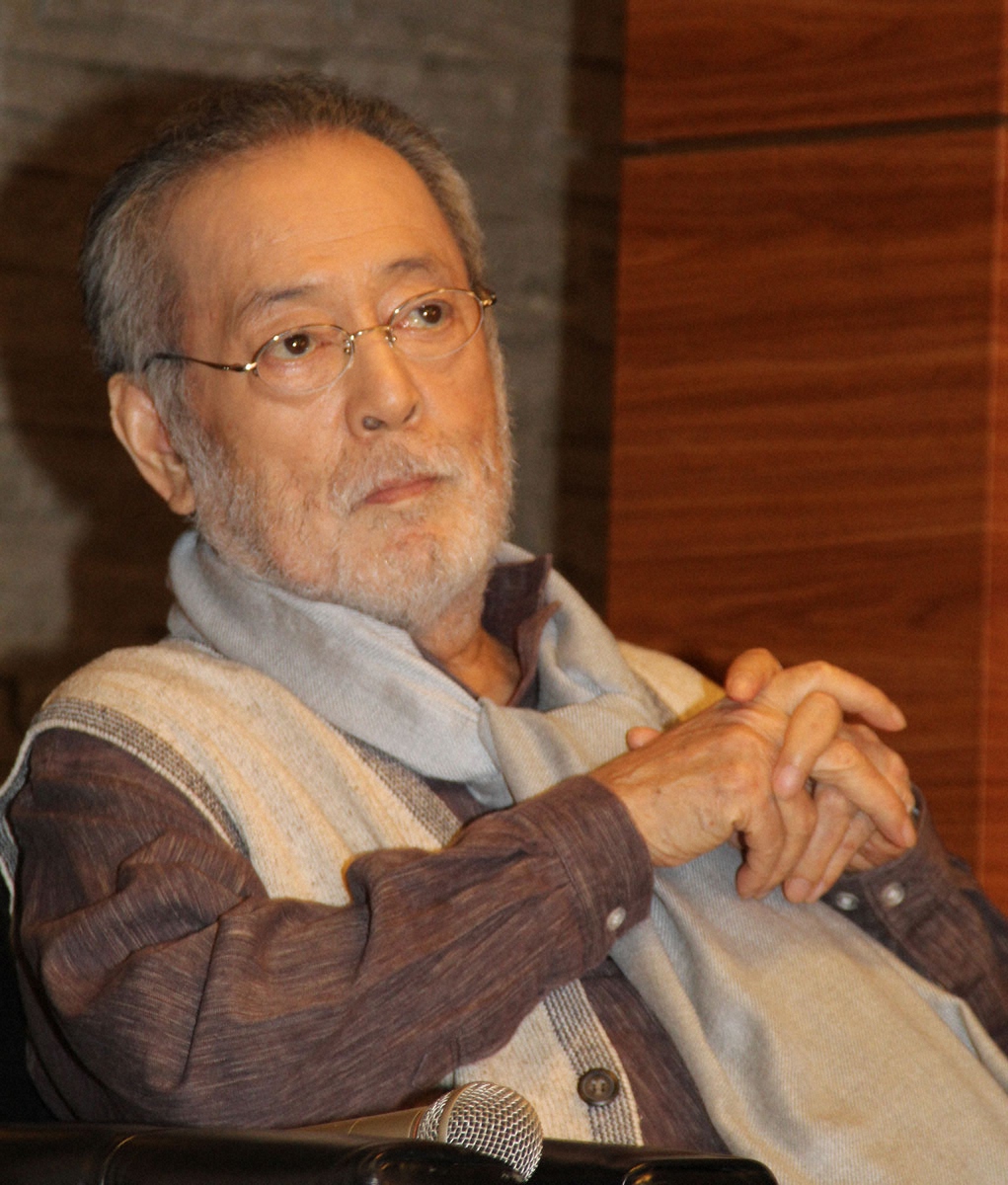
An expansive ancient city has been unearthed in central Asia, shedding light on the area's industrial history and ranking as "one of the most remarkable archaeological discoveries in this region for decades," according to the lead author of a landmark new report on the site.
The report, from researchers at the United Kingdom's Durham University and University College London as well as Kazakhstan's Toraighyrov University, offers the fullest picture to date of what Semiyarka, the "City of Seven Ravines," may have been like in its prime more than 3,500 years ago.
Located on the Kazakh Steppe, a vast grassland that covers northern Kazakhstan and parts of Russia, Semiyarka spanned some 350 acres and is currently the largest known ancient settlement in that region, according to the report. Originating around 1600 B.C.E. during the Bronze Age, the city was among only a few production centers at the time and the first on the Kazakh Steppe now known to have had bronze-producing capabilities.
That's important for understanding the early communities of the steppe region, researchers said, as the archaeological evidence for Semiyarka's well-organized metal economy challenges prior beliefs that such societies did not exist in the area when Semiyarka did. The ancient city, which is called "Seven Ravines" because of its location overlooking multiple valleys, developed during a period where nomadic people began to form permanent or semipermanent settlements.

Researchers previously thought only seminomadic people lived on the Kazakh Steppe at that time. But what they found after years of archaeological exploration of Semiyarka indicates that the site was not only a large-scale metal producer but, potentially, a crucial trading post with regional power. Its size, along with remnants of its manufacturing, "highlight its potential importance for advancing our understanding of regional settlement patterns, social organisation and technology," researchers wrote in their report.
"This is one of the most remarkable archaeological discoveries in this region for decades. Semiyarka changes the way we think about steppe societies," Miljana Radivojević, an archaeological researcher at University College London and the report's lead author, said in a statement released by the university. "It shows that mobile communities could build and sustain permanent, organised settlements centred on a likely large-scale industry — a true 'urban hub' of the steppe."
Researchers at Toraighyrov University initially identified Semiyarka in the early 2000s, but the city was never thoroughly investigated before now.
"I have been surveying Semiyarka for many years with the support of Kazakh national research funding," said Viktor Merz, of Toraighyrov University, who initially identified Semiyarka two decades ago and co-authored the new report, "but this collaboration has truly elevated our understanding of the site."
What to know about Trump's changing stance on Epstein files
ICE detains dozens in Charlotte, including some who say they have legal status
President Trump's pardon of crypto billionaire sparks concerns over his use of pardons
LATEST POSTS
- 1
 Manual for Picking Coastline Travel
Manual for Picking Coastline Travel - 2
 Looking for a great Thanksgiving side dish recipe? These are the crowd-pleasers the Yahoo team swears by.
Looking for a great Thanksgiving side dish recipe? These are the crowd-pleasers the Yahoo team swears by. - 3
 仲代達矢さん最期の様子 ケガして入院、肺炎を併発 8日に死去、最後の舞台は5月能登での復興公演(スポニチアネックス)
仲代達矢さん最期の様子 ケガして入院、肺炎を併発 8日に死去、最後の舞台は5月能登での復興公演(スポニチアネックス) - 4
 Individual Preparation Administrations to Raise Your Wellness Process
Individual Preparation Administrations to Raise Your Wellness Process - 5
 The 15 Most Powerful Forerunners in Business
The 15 Most Powerful Forerunners in Business
 Tasting America: An Excursion Through Darling Cheap Food Brands
Tasting America: An Excursion Through Darling Cheap Food Brands Lift Your Style: Famous Hairdos for Ladies
Lift Your Style: Famous Hairdos for Ladies 水卜麻美アナ「ごめんなさい。絶対泣かないと思ってたのに…」菅谷大介アナ訃報にこらえきれず涙(日刊スポーツ)
水卜麻美アナ「ごめんなさい。絶対泣かないと思ってたのに…」菅谷大介アナ訃報にこらえきれず涙(日刊スポーツ) Most loved Specially prepared Espresso Mix: Which Meal Do You Adore the Most?
Most loved Specially prepared Espresso Mix: Which Meal Do You Adore the Most? Snow Man岩本照、ハプニングに咄嗟の対応「ボディガードの役やってるので」紳士的な対応に会場から感嘆の声(モデルプレス)
Snow Man岩本照、ハプニングに咄嗟の対応「ボディガードの役やってるので」紳士的な対応に会場から感嘆の声(モデルプレス) Nations for Youngsters to Visit
Nations for Youngsters to Visit Key Training: Picking a Significant for Monetary Achievement
Key Training: Picking a Significant for Monetary Achievement Palestinians forced from West Bank refugee camps left in limbo as Israeli demolitions go on
Palestinians forced from West Bank refugee camps left in limbo as Israeli demolitions go on Instructions to Grasp the Innovation Behind 5G Pinnacles\
Instructions to Grasp the Innovation Behind 5G Pinnacles\













